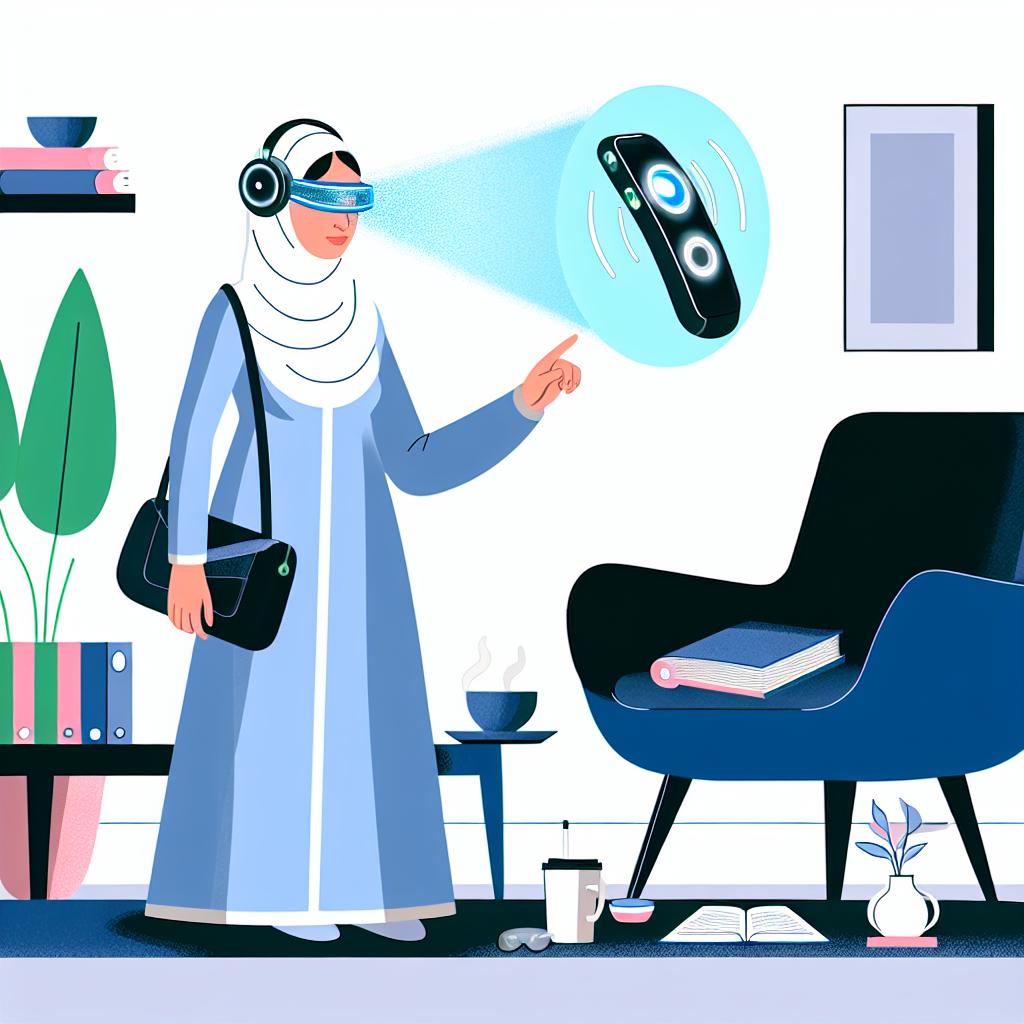Introduction to AI-Powered Object Recognition
AI-powered object recognition is rapidly transforming the way individuals with visual impairments navigate the world. This cutting-edge technology, by leveraging advanced algorithms and machine learning, is designed to identify and describe objects in real time, providing invaluable assistance to the blind community. As a result, individuals with visual impairments are empowered with enhanced independence and an improved quality of life.
Technology Behind Object Recognition
At its core, AI object recognition utilizes deep learning, a sophisticated subset of machine learning designed specifically to analyze and interpret complex sets of visual data. The most common architecture used in this domain is the Convolutional Neural Network (CNN). CNNs are favored for their impressive ability to process and manipulate images effectively. These networks are trained using extensive datasets, aiming to correctly identify a myriad of objects, even in complex or cluttered environments.
During this training phase, a vast number of labeled images are processed by the CNN. This enables the system to learn a wide range of features that characterize different objects, such as shapes, colors, and textures. Over time, the network improves its capability to recognize patterns and anomalies, honing its object detection precision. This intricate processing allows these systems to deliver highly refined and accurate object recognition capabilities.
Tools and Applications
The landscape of tools and applications designed for assisting those with visual impairments is progressively expanding. Innovations in this field primarily revolve around AI-enabled devices and smartphone applications. These solutions utilize cameras—from either smartphones or specialized wearable glasses—to capture live video input which is subsequently processed by an AI system. The AI then analyzes the scene, identifying and describing various elements to the user.
For instance, apps like Seeing AI and Be My Eyes have become increasingly popular. They are designed to recognize everyday objects, reading text, and even identifying faces. This suite of functionalities significantly enhances user independence and confidence. Additionally, such tools often include features that allow for the recognition of currency notes, making transactions easier for the visually impaired.
Key Features of AI Recognition Tools
Most AI-powered tools designed for the visually impaired encompass a wide range of features that aid the user significantly. Here are some of the key attributes:
Real-time Processing: The ability to process images and feedback in real time is a crucial feature. This ensures that users receive instant information about their surroundings, which helps them make swift and informed decisions.
Voice Feedback: To effectively communicate the processed information, these systems frequently utilize audio descriptions. This auditory relay of information is essential for users, allowing them to comprehend their surroundings without the need for visual input.
Contextual Understanding: Beyond identifying standalone objects, some advanced systems can interpret the context of a scene. This provides users with additional layers of understanding, enhancing comprehension and improving navigation in complex environments.
Impact on the Blind Community
The integration of AI in object recognition is monumentally improving the day-to-day lives of individuals within the blind community. The capacity to independently navigate tasks such as shopping, traveling, and interacting with others is significantly bolstered by these technologies. Activities that once posed challenges or required assistance have now become manageable, if not entirely independent pursuits.
Aiding in autonomy and reducing reliance on others, AI-powered recognition systems are set to play a pivotal role in improving the overall quality of life for many visually impaired users. The ability to independently participate in activities greatly inspires confidence and encourages greater engagement with the world around them. As such, these advancements open new doors and prospects for individuals, paving the way for a more inclusive society.
Challenges and Considerations
Despite the progress and numerous benefits, there are inherent challenges associated with object recognition technologies that still need addressing. The accuracy of object recognition is often dependent on various external factors such as lighting conditions, angles of view, and the relative size of objects being identified. These factors can significantly influence the performance of the system, resulting in potentially erroneous or incomplete descriptions.
Additionally, there are privacy concerns tied to the use of AI systems for object recognition. Given these systems process visual data that may include sensitive personal information, robust data protection measures are essential. This necessitates a careful approach in handling and storing data to prevent breaches of privacy. Active measures are required to ensure compliance with data protection regulations and instill confidence in users about the safety and security of their data.
Future Directions
The future of AI-powered object recognition holds numerous promising advancements. Key areas of development include the enhancement of accuracy and reliability. This might be realized through the integration of larger and more diverse training datasets which can offer a broader range of object recognition capabilities across varied scenarios.
Further improvements in natural language processing stand to provide more comprehensive and nuanced descriptions of scenes and objects, enhancing the understanding and user experience. Such advancements would not only improve practical applicability but also extend the versatility of these systems.
A promising aspect of future development lies in collaboration with major technology companies known for their contributions to AI, such as IBM and Microsoft. Their platforms harbor potent resources and research potential, which can further enhance the field of AI-powered object recognition.
In conclusion, AI-powered object recognition signifies a crucial development for the blind community. It provides a substantial pathway toward greater autonomy and improved daily experiences, opening new vistas of opportunities for its users. While challenges remain present, ongoing advancements are set to deliver even more sophisticated and user-friendly solutions in the foreseeable future, continuing to redefine the way visually impaired individuals interact with the world around them.
